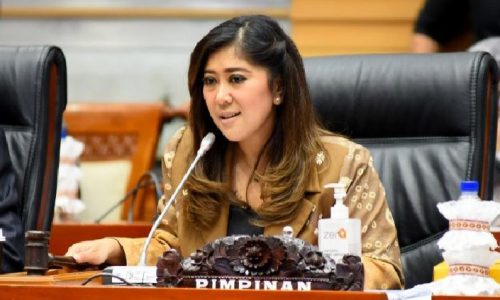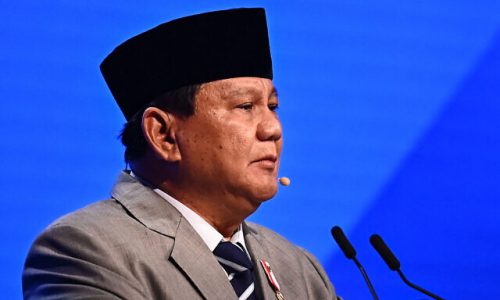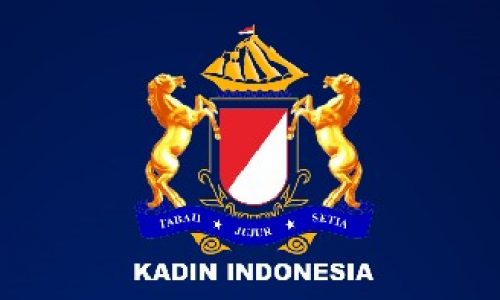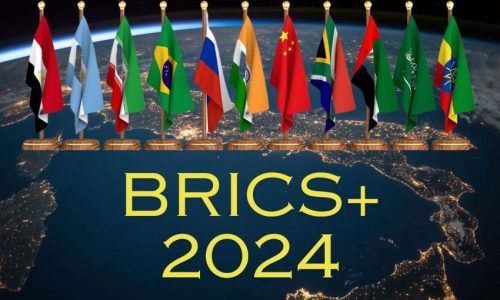The Director General of Electricity at the Ministry of Energy and Mineral Resources (ESDM) Jisman Hutajulu, said that Indonesia has initiated a power grid interconnection project with Brunei Darussalam, Malaysia, and the Philippines (BIMF).
The power grid interconnection will be one of the priority issues during Indonesia’s leadership in ASEAN 2023 and is a follow-up to the Laos-Thailand, Malaysia-Singapore (LTMS) regional power grid project.
The BIMF interconnection scheme
The BIMF project, which is currently still in its initial phase, will follow the LTSM scheme, which is based on government-to-government cooperation and is expected to have a minimum electricity capacity of 500 kV to 1,000 kV.
According to Jisman, the project will exclusively distribute electricity from renewable energy sources. This long-term project is also part of the ASEAN Power Grid plan for an integrated power grid in Southeast Asia.
Jisman added that currently, Energy Ministers from BIMF countries are currently conducting a feasibility study to determine the amount of electricity transmission capacity necessary, the infrastructure needed, and the number of investments each country need to make.
The ongoing feasibility study will target to identify the landing points or central interconnection stations in each country. For Indonesia, the landing point is expected to be located in Kalimantan because of its close proximity to Brunei Darussalam. Once a landing point has been determined, the countries will then discuss developing the facilities, including onshore and underwater cable infrastructure.
The BIMF project is estimated to require larger funding compared to LTSM because the project will require underwater cable infrastructure, which Indonesia already developed for electric connectivity between Java and Bali.
On the same occasion, South East Asia Energy Transition Partnership Country Manager United Nations Office for Project Services (UNOPS), Aang Darmawan stated UNOPS will be providing a roadmap for the ASEAN power grid project, including the BIMF. The roadmap will cover legal aspects of the power grid interconnection, supported by strong regulations.
Moreover, the roadmap will also include a financial framework. As Aang stated, it is important for ASEAN countries to be aware of how projects can be funded from different sources in order to make it to fruition. The roadmap is expected to be launched during the ASEAN Ministry of Energy Meeting in 2023.
ASEAN’s progress toward APG
Since 1997, ASEAN countries have been working to achieve regional electricity interconnectivity through an ASEAN Power Grid (APG) system. The development of APG aims to connect the power grids of ASEAN member countries and facilitate the sharing of electricity across the region.
The APG will allow member states to tap into abundant renewable energy resources available in some countries and transmit excess electricity to those in need. It is expected to improve energy security, reduce carbon emissions, and promote economic integration in the region.
The APG consists of two main components, such as the ASEAN Grid and the National Grids. The ASEAN Grid is a high-voltage direct current (HVDC) transmission network connecting the ASEAN countries. Meanwhile, the National Grids, are the existing power grids of each ASEAN country.
As of 2021, the APG has made significant progress in building interconnections between the ASEAN countries. The following are some of the interconnections that have been established:
- Malaysia-Singapore: 400 kV HVDC transmission link between Malaysia and Singapore, it was commissioned in 1995 and has a capacity of 600 MW
- Thailand-Malaysia-Singapore: 230 kV AC transmission link commissioned in 2022 with a capacity of 300 MW
- Laos-Thailand-Malaysia-Singapore: 230 Kv AC transmission link that was commissioned in 2015 and has a capacity of 300 MW
- Vietnam-Laos: 220 kV AC transmission link that was commissioned in 2015 and has a capacity of 100 MW
Looking at the current conditions, power grid interconnections are expected to enable ASEAN to meet its growing electricity demand while keeping costs in check.
Moreover, ASEAN has enormous potential renewable energy sources, totaling more than 17,000 GW. This amount is sufficient to achieve the target of 23 percent renewable energy in the energy mix, and 35 percent renewable energy in the power generation capacity by 2025, as outlined in the ASEAN Plan of Action for Energy Cooperation (APAEC).








